Preparing Your Pet for Travel
Before embarking on your journey, take time to acclimate your pet to the travel carrier․ Gradually introduce the carrier as a safe and positive space by placing treats or toys inside․ Practice short car rides with your pet secured in the carrier to help them adjust to the motion․ Consult with your veterinarian about motion sickness medication if your pet is prone to anxiety or nausea during travel․ Ensure your pet’s identification tags are up-to-date with your current contact information, and consider microchipping for added peace of mind․
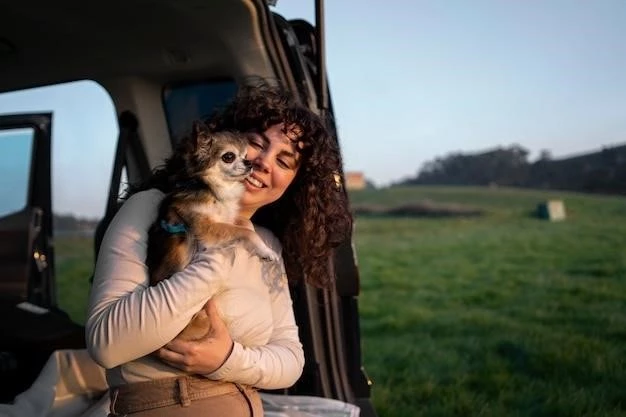
Airline Regulations and Pet Fees
Navigating airline regulations and pet fees is crucial for a smooth travel experience with your furry companion․ Policies vary significantly between airlines, so meticulous research and early contact with your chosen airline are essential․
Pet Eligibility and Cabin vs․ Cargo Travel
Airlines have specific guidelines regarding pet eligibility for air travel․ Generally, only small dogs and cats that can comfortably fit in a carrier under the seat in front of you are allowed in the cabin․ Larger pets typically need to travel as cargo in a designated, temperature-controlled section of the aircraft․ Confirm with your airline about breed restrictions, as some breeds with specific physiological traits might face limitations․
Carrier Requirements and Dimensions
Airlines enforce strict regulations on pet carriers to ensure the safety and comfort of your pet during the flight․ Carriers must be well-ventilated, leak-proof, and large enough for your pet to stand up, turn around, and lie down comfortably․ Familiarize yourself with your chosen airline’s specific carrier size restrictions, as these can vary; It’s advisable to purchase a carrier well in advance and allow your pet to acclimate to it gradually․
Health Certificates and Vaccination Records
Up-to-date health certificates and vaccination records are mandatory for pet air travel․ Your veterinarian must complete a health certificate shortly before your departure date, certifying your pet is fit to fly and free from contagious diseases․ Ensure your pet’s rabies vaccination is current and meets the destination country’s requirements․ Airlines and destination countries might have additional vaccination or parasite treatment requirements, so meticulous planning and consultation with your veterinarian are vital․
Pet Fees and Payment Policies
Pet travel fees vary significantly between airlines and depend on factors such as the route, cabin versus cargo travel, and the pet’s size․ Fees can range from $100 to $500 or more per segment, so factor this into your travel budget․ Some airlines might offer discounted rates for booking pet travel in advance․ Be prepared to pay these fees at the airport during check-in, as they are usually non-refundable․
By diligently researching and adhering to airline regulations and understanding associated fees, you can ensure a smoother and less stressful travel experience for both you and your beloved pet․ Remember, early preparation and clear communication with your chosen airline are key to a successful journey․
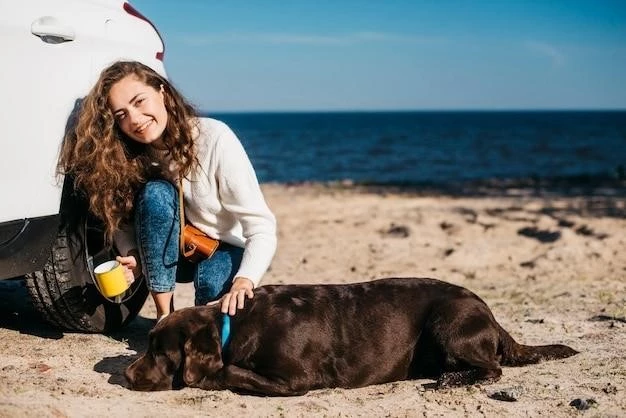
New for 2024: Pet Travel Fee Reimbursement
Exciting news for military families embarking on Permanent Change of Station (PCS) moves in 2024! A significant policy change now allows for reimbursement of pet travel expenses, easing the financial burden previously shouldered by service members․ This welcome development recognizes the integral role pets play in military families and aims to create a smoother transition during relocations․
Reimbursement Amounts and Eligibility
Effective January 1, 2024, the Joint Travel Regulations (JTR) outlines the new pet travel fee reimbursement policy․ Service members and families are eligible for reimbursement of up to $550 for one household pet, either a cat or dog, for PCS moves within the continental United States․ For moves to or from locations outside the continental United States, the reimbursement amount increases significantly to $2,000 per pet․ This substantial increase acknowledges the often higher costs associated with international pet transportation․
Claiming Reimbursement: Understanding the Process
To claim reimbursement for eligible pet travel expenses, service members should submit the necessary documentation during their PCS voucher process․ Detailed guidance on eligible expenses and the reimbursement process is available in the updated Joint Travel Regulations (JTR)․ Familiarize yourself with these guidelines and maintain meticulous records of all pet-related travel expenses, such as airline fees, veterinarian visits for required health certificates, and costs associated with complying with import or export regulations․
A Positive Step Towards Pet-Inclusive PCS Moves
This new policy marks a positive step towards recognizing and supporting the well-being of military families, including their beloved pets․ By alleviating some of the financial strain associated with pet transportation during PCS moves, the Department of Defense aims to make the relocation process smoother and less stressful for service members and their families․ This change reflects a growing understanding of the invaluable bond between military personnel and their pets and the importance of easing the challenges of frequent relocations․
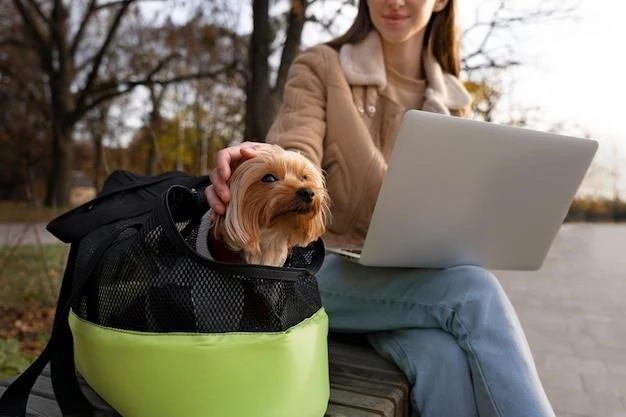
International Travel with Pets: CDC Regulations
Embarking on international travel with your pet requires careful consideration of the destination country’s import regulations and adhering to the guidelines set forth by the Centers for Disease Control and Prevention (CDC)․ These regulations are in place to safeguard public health and prevent the introduction of animal-borne diseases․
CDC Dog Import Regulations: Updated for 2024
As of August 1٫ 2024٫ the CDC implemented updated regulations for dogs entering the United States from other countries․ These regulations aim to strengthen rabies prevention measures and protect both human and animal health․ Key requirements include:
- Minimum Age: Dogs must be at least six months old to enter the United States․
- Microchipping: All dogs must be microchipped with an ISO-compatible microchip․
- Rabies Vaccination: Dogs must have a valid rabies vaccination certificate, administered by a licensed veterinarian․ The vaccination must be given at least 21 days before arrival in the United States․
- CDC Dog Import Permit: A CDC Dog Import Permit is required for dogs entering the United States from countries considered high-risk for rabies․
Health Certificates and Import Permits
A valid health certificate, issued by a USDA-accredited veterinarian within 10 days of travel, is mandatory for all pets entering the United States․ This certificate confirms your pet is free from contagious diseases and fit for travel․ Some countries might require additional documentation, such as import permits or specific blood tests․ Research your destination country’s requirements well in advance to ensure a smooth entry process․
Quarantine Regulations
While the United States does not have a mandatory quarantine period for pets entering from most countries, some destinations might have strict quarantine regulations․ These regulations can vary significantly in duration and cost․ It’s crucial to familiarize yourself with your destination country’s quarantine requirements to plan accordingly and avoid potential delays or complications upon arrival․
By carefully reviewing and adhering to CDC regulations and your destination country’s import requirements, you can ensure a safe and seamless travel experience for both you and your cherished pet․
Essential Supplies for Traveling with Pets
Packing for your pet is just as important as packing for yourself to ensure a comfortable and stress-free journey․ Assembling a well-stocked travel kit with essential supplies will help you address your pet’s needs throughout your trip․
Containment and Comfort:
- Sturdy Carrier: A well-ventilated, appropriately sized carrier is crucial for your pet’s safety and comfort, especially during air travel․ Choose a carrier that allows your pet to stand up, turn around, and lie down comfortably․
- Leash and Collar/Harness: A secure leash and a properly fitted collar or harness are essential for walks and bathroom breaks during your travels․
- Familiar Bedding: Bringing your pet’s familiar bedding or blanket can provide a sense of security and comfort in unfamiliar environments․
Food and Water:
- Food and Water Bowls: Pack collapsible or travel-sized food and water bowls for easy feeding and hydration on the go․
- Adequate Food Supply: Bring enough of your pet’s regular food to last the entire trip, plus a few extra days’ worth in case of unexpected delays․
- Bottled Water: It’s advisable to bring bottled water, especially if you’re unsure about the water quality at your destination․
Health and Hygiene:
- Medications: Pack any necessary medications your pet takes regularly, along with a copy of their prescription․
- First-Aid Kit: A pet-specific first-aid kit can be invaluable for addressing minor injuries or ailments during your trip․
- Waste Bags: Always carry waste bags to clean up after your pet responsibly, especially in public areas․
- Grooming Supplies: Pack essential grooming supplies, such as brushes, wipes, or pet-safe shampoo, to keep your pet clean and comfortable․
By gathering these essential supplies, you can ensure your pet’s well-being and minimize potential travel-related stress for both of you․ Remember to consult with your veterinarian about any specific recommendations based on your pet’s needs and your travel destination․
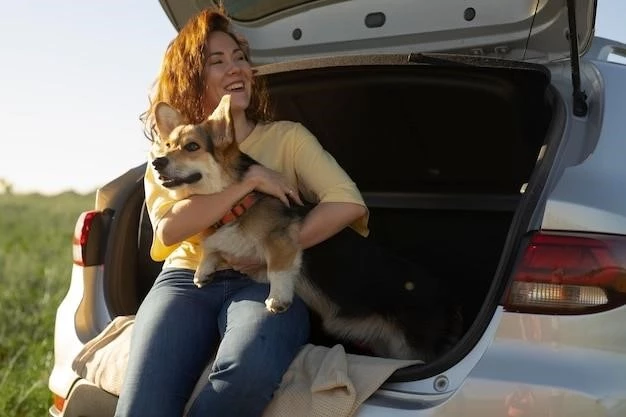
Tips for a Smooth Journey
Traveling with pets can be an enriching experience, but it requires careful planning and consideration to ensure a smooth and enjoyable journey for both you and your furry companion․ Here are some essential tips to help minimize stress and maximize comfort throughout your trip:
Pre-Trip Preparation:
- Veterinarian Check-up: Schedule a check-up with your veterinarian well in advance of your departure date․ Ensure your pet is up-to-date on vaccinations, receives any necessary preventive medications, and is deemed fit for travel․
- Carrier Acclimation: Gradually introduce your pet to the travel carrier in the weeks leading up to your trip․ Place treats, toys, or familiar bedding inside the carrier to create positive associations․
- Practice Runs: Take your pet on short car rides or walks near the airport to help them acclimate to the sights, sounds, and movements associated with travel․
During the Journey:
- Feeding Schedule: Avoid feeding your pet a large meal right before travel, as this can increase the risk of nausea․ Offer small meals or treats throughout the journey and ensure access to fresh water․
- Bathroom Breaks: Provide frequent opportunities for bathroom breaks, especially during long car rides or layovers․ Designate a specific spot for bathroom breaks and always clean up after your pet responsibly․
- Comfort and Security: Bring along familiar items, such as bedding, toys, or treats, to provide a sense of comfort and security in unfamiliar environments․
Upon Arrival:
- Exploration and Adjustment: Allow your pet time to explore their new surroundings and adjust to the new environment․ Maintain a calm and reassuring demeanor to ease any anxiety․
- Routine Maintenance: Stick to your pet’s regular feeding, exercise, and bathroom break routines as much as possible to provide a sense of normalcy․
- Local Regulations: Be aware of local pet regulations, such as leash laws or restrictions in public areas, and adhere to them respectfully․
By following these tips and prioritizing your pet’s well-being throughout the journey, you can create a more enjoyable and stress-free travel experience for both of you․ Remember, patience, preparation, and a focus on your pet’s comfort are key to a successful trip․
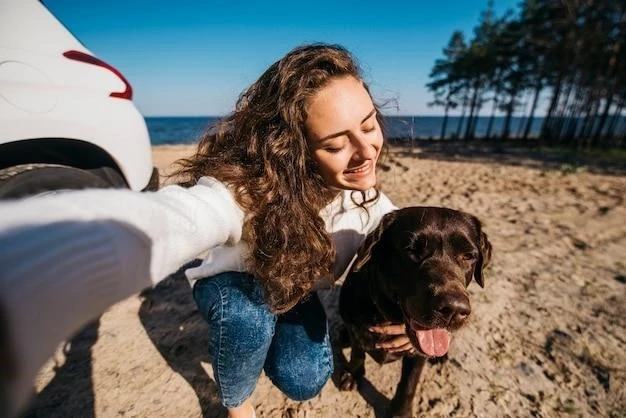
Keeping Your Pet Safe and Comfortable During Travel
Traveling can be stressful for pets, but by taking proactive measures, you can ensure their safety and maximize their comfort throughout the journey․ Prioritizing your pet’s well-being will make the experience more enjoyable for both of you․
Secure and Comfortable Confinement:
- Appropriate Carrier: Choose a sturdy, well-ventilated carrier that provides ample space for your pet to stand up, turn around, and lie down comfortably․ Ensure the carrier is appropriately sized for your pet’s weight and dimensions․
- Secure Fastenings: Double-check all latches, zippers, and closures on the carrier to prevent accidental openings during travel․ Use airline-approved restraints if your pet is traveling in the cargo hold․
- Comfort Items: Place familiar bedding, a favorite toy, or a piece of clothing with your scent inside the carrier to provide a sense of security and comfort․
Temperature Regulation and Hydration:
- Temperature Control: Avoid exposing your pet to extreme temperatures․ Never leave your pet unattended in a parked car, as temperatures can quickly become life-threatening․ Use climate-controlled transportation methods whenever possible․
- Hydration: Offer water frequently, especially during long journeys or in warm weather․ Consider using a travel water bottle or collapsible bowl for easy access to fresh water․
- Motion Sickness: If your pet is prone to motion sickness, consult with your veterinarian about appropriate medications or remedies to alleviate nausea․
Safety and Identification:
- Harness and Leash: Always use a secure harness and leash when outside of the carrier to prevent escapes or accidents․
- Updated Identification: Ensure your pet wears a collar with up-to-date identification tags, including your name, phone number, and any relevant travel information․
- Microchipping: Consider microchipping your pet as a permanent form of identification․ This can be especially helpful if your pet’s collar or tags become lost during travel․
By following these safety precautions and prioritizing your pet’s comfort, you can create a positive travel experience and ensure their well-being throughout the journey․ Remember, a calm and prepared owner contributes significantly to a pet’s sense of security during travel․










